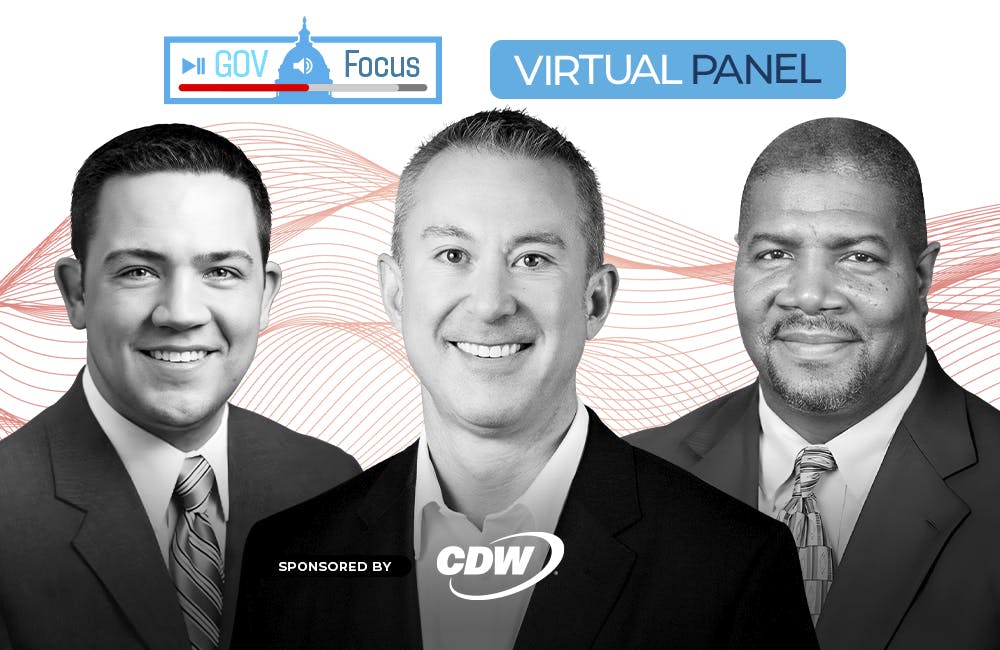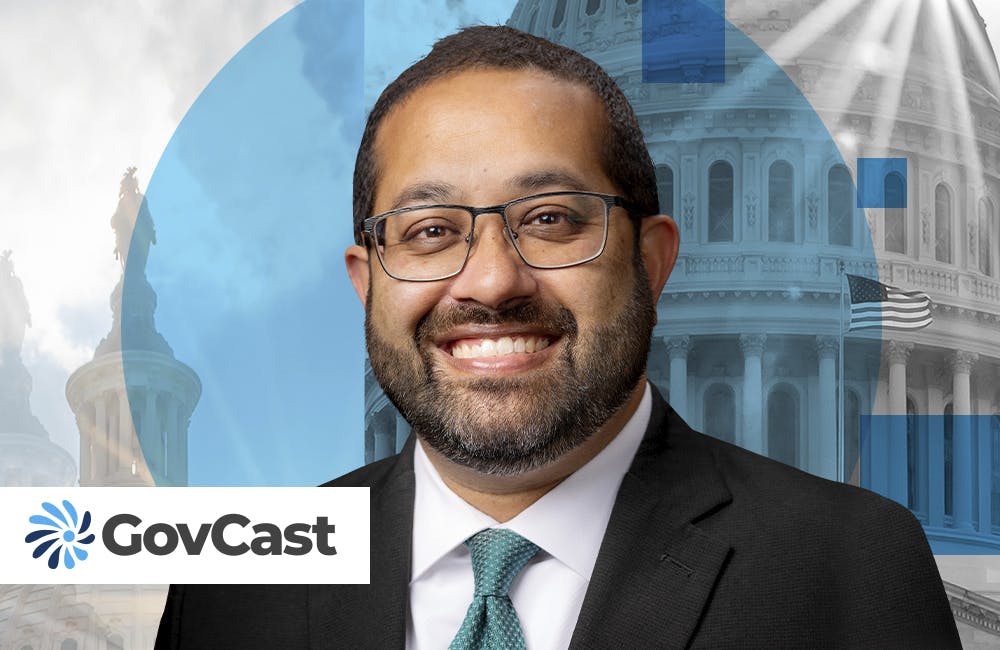VA Sticks to ‘Digital-First’ Care Model Amid COVID-19
The agency accelerated its IT modernization plans to expand telehealth and improve veterans’ digital health services.

The Department of Veterans Affairs is continuing to invest in its ‘digital-first’ care model for veterans receiving VA health care amid the pandemic, agency officials said during GovernmentCIO Media & Research’s virtual event Wednesday.
VA’s Demand Management Executive Director Drew Myklegard noted that the pandemic accelerated the agency’s focus on accelerating three key IT modernization initiatives, which prioritize veterans’ health care services and experience through telehealth.
“One [area] is expanding our telehealth. Previously, telehealth had been directed from within our facility, where a specialist would reach out to another specialist in a consult. We flipped that model to where our physicians were dealing directly with veterans so that they didn’t have to come in, especially for low-acuity issues.” Myklegard said.
“When we’re looking at the applications that enable telehealth, we’ve got to make sure that they are riding on a 21st century infrastructure,” added Paul Brubaker, deputy CIO of VA’s account management office. “Our whole goal around COVID is to make sure that we are staying ahead of the demand of the customer so that IT is never a limiting factor in the ability to deliver quality care, and that we are able to accommodate this massive shift to in-person visits to televisits.”
In addition to relying on telehealth for veterans during the pandemic, the VA Office of Information and Technology also pushed out advanced APIs and brought backend systems online to support veteran smartphone apps, such as VetText and chatbots, to cue veteran appointments and provide health information, Myklegard said.
This included horizontally scaling backend databases, cloud capabilities and applications, as well as turning to software-as-a-service solutions that passed at least 80% of solution requirements and scaling them up quickly.
“We really had to boost our logistics efforts to monitor the movement of supplies around the nation as COVID ramped up in specific areas, …. getting that PPE or PME in the right spots, and making sure that we had enough capabilities to serve [veteran] needs when they came in,” Myklegard said.
Dr. Greg McDavitt, director of global health care and life science at Salesforce, noted how prior to the pandemic, the agency heavily invested in both the hardware and software infrastructure necessary for remote care compared to other public and private sector organizations.
“The VA has put a large emphasis on remote capabilities,” McDavitt explained. “The VA was very well prepared to stand up in this type of environment where they were forced to use a digital-first care model, which is not a typical practice for any health care organization. … That is a problem for most of the industry — that a digital-first care model is not commonplace.”
But because of COVID-19, the global health care industry “has taken the digital-first operations model from a ‘nice to have’ or roadmap to a necessity almost overnight,” McDavitt said, adding that many businesses had to shift their focus to this model to economically stay afloat.
Further highlighting the pre-established digital-first care model, as well as customer service goals set forth by the VA’s Strategic Plan and President’s Management Agenda, Brubaker added, “COVID really represented an accelerating event in terms of us executing our roadmap.”
Improving remote patient monitoring and veteran health data collection also remains a priority. With a rise in Bluetooth-enabled devices that can track physiological measurements, such as blood pressure and weight, the VA wants to automatically digitize that information and make it readily available for patients and physicians to review, instead of patients having to log it manually.
“The data had always been transmitted to us typically through a notebook — you would bring in a notebook and have written down your blood pressure information. We’re working really hard to get that data in real time from our veterans so that they don’t have to relay that,” Myklegard said.
Using artificial intelligence tools will be critical to the pandemic response, whether it be with chatbots or medical screening tools to diagnose and manage patients.
“I think we’ll see more and more of that as we go forward and see this shift to a digital operating model on a clinical model, and [use] chatbots and artificial intelligence [to screen] patients and go through this kind of digital triage process to really handle the volume and be able to scale some of these operations,” said McDavitt.
Looking forward, this digital-first care model, as well as the useful technology developed and implemented as a result of the pandemic — such as chatbots, telehealth and even smart-routing between call centers to quickly address veterans’ questions — are here to stay.
“I don’t think we’ll see a lot of these changing,” said Myklegard, in closing. “It was just the future coming earlier.”
This is a carousel with manually rotating slides. Use Next and Previous buttons to navigate or jump to a slide with the slide dots
-

DOD Has a New Cyber Resiliency Assessment Program
Defense officials tout the continuous assessment feature and scalability of the new program amid increased cyber threats.
5m read -

Transitioning Systems for Modern Agency Missions
IT modernization is a constant process necessary for improving customer service, mission delivery and collaboration.
40m watch -

Cyber Resilience and Recovery Amid Evolving Cyber Threats
Data durability is a key aspect of NIST’s cybersecurity framework for public and private organizations.
21m listen -

How Tech Enables Environmental Justice at EPA
The agency wants to eliminate bias and establish new tech standards to reduce greenhouse gas emissions.
39m listen







